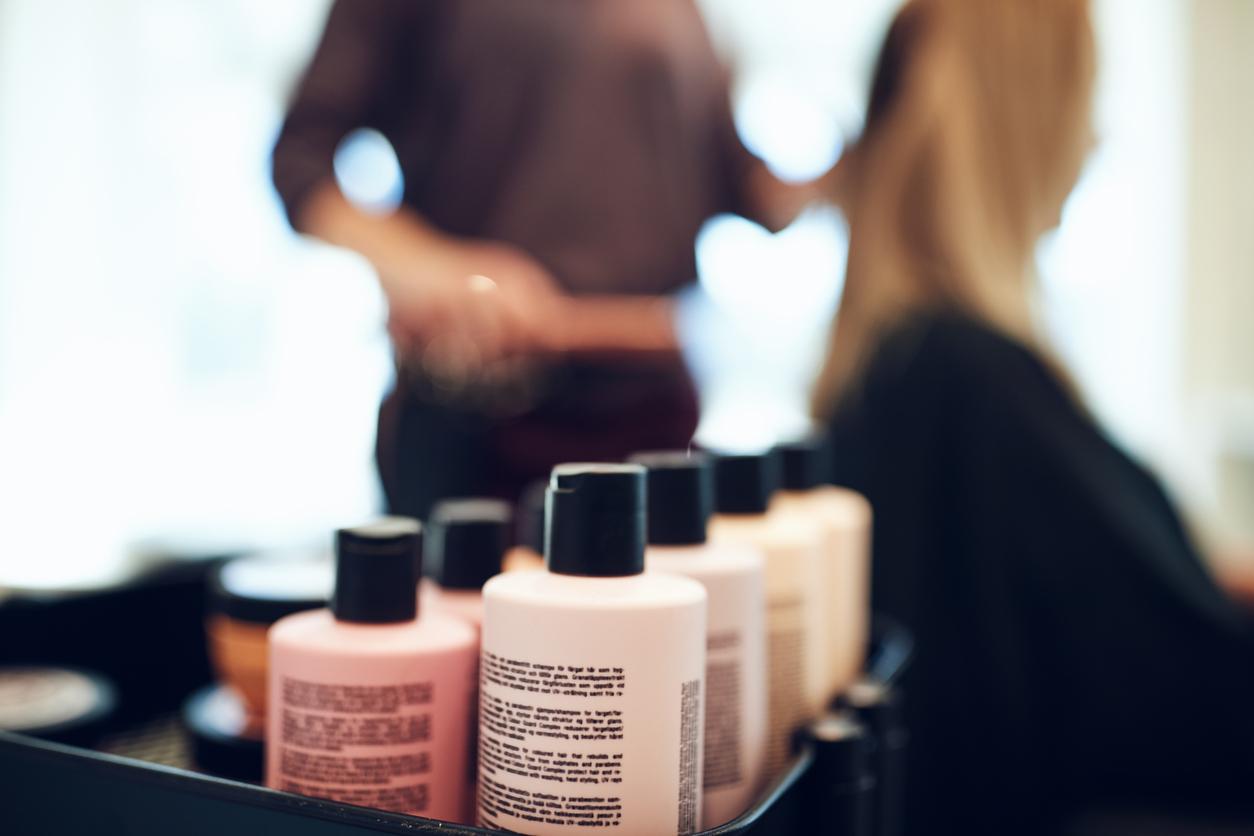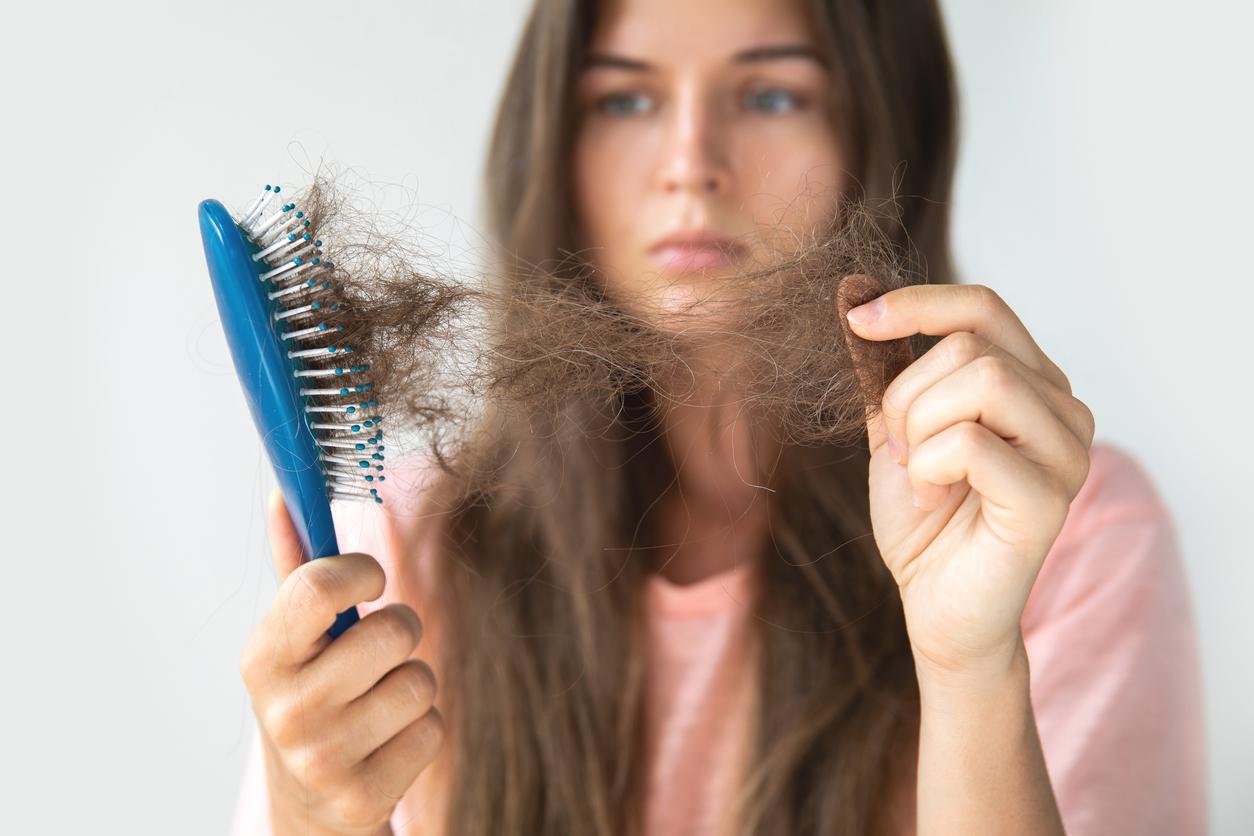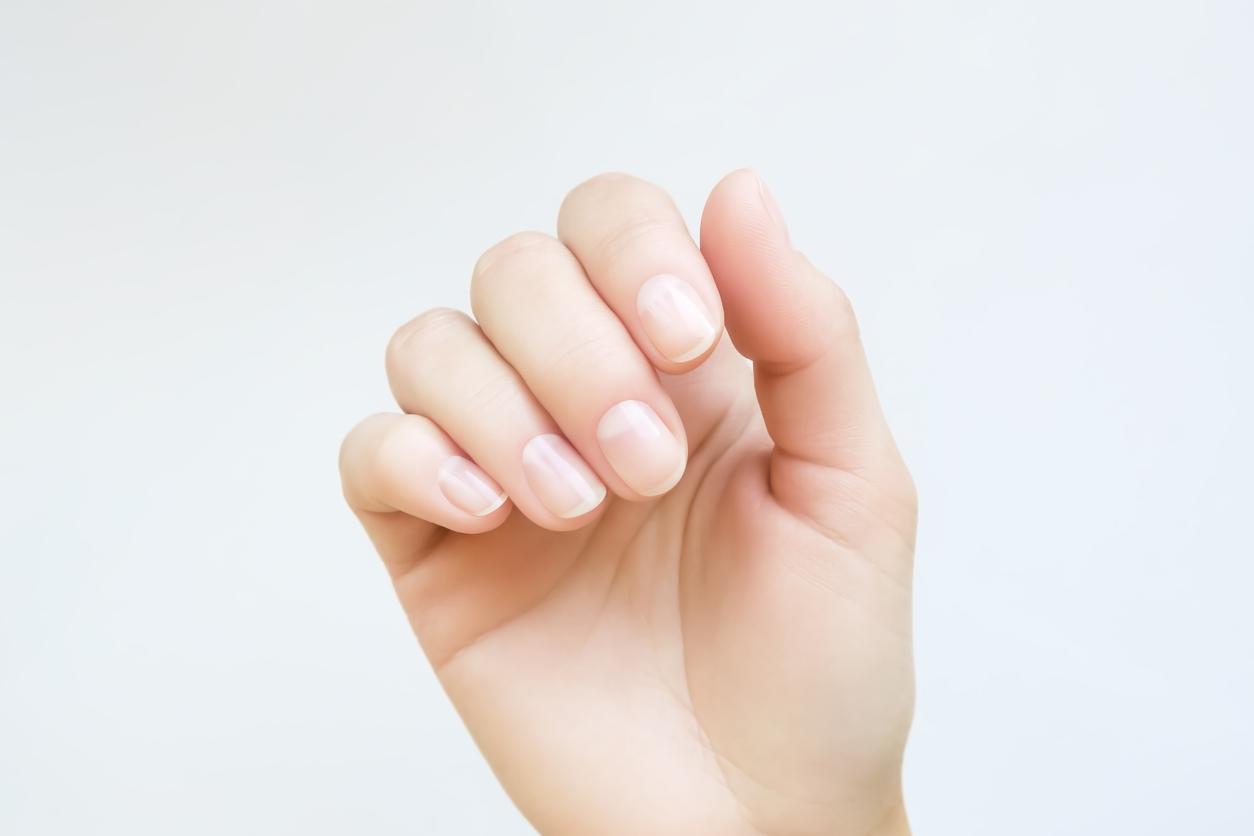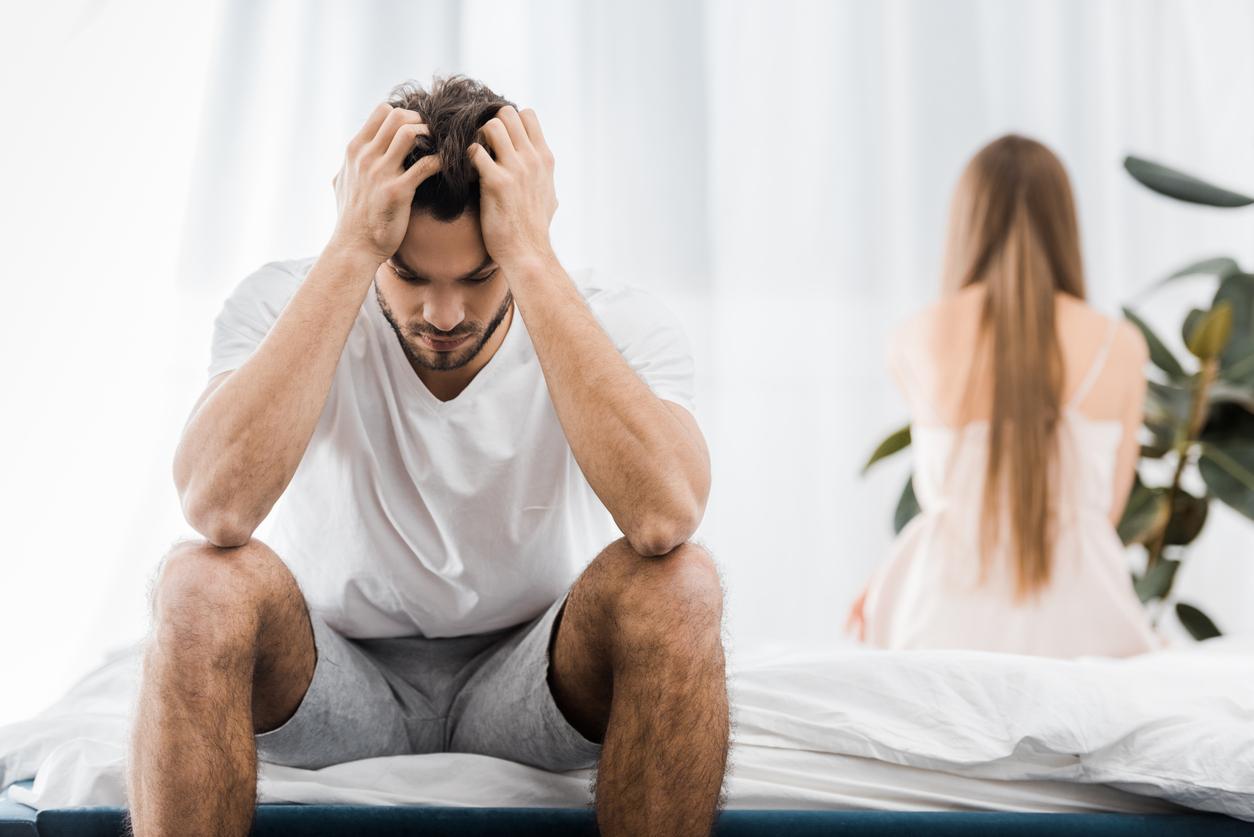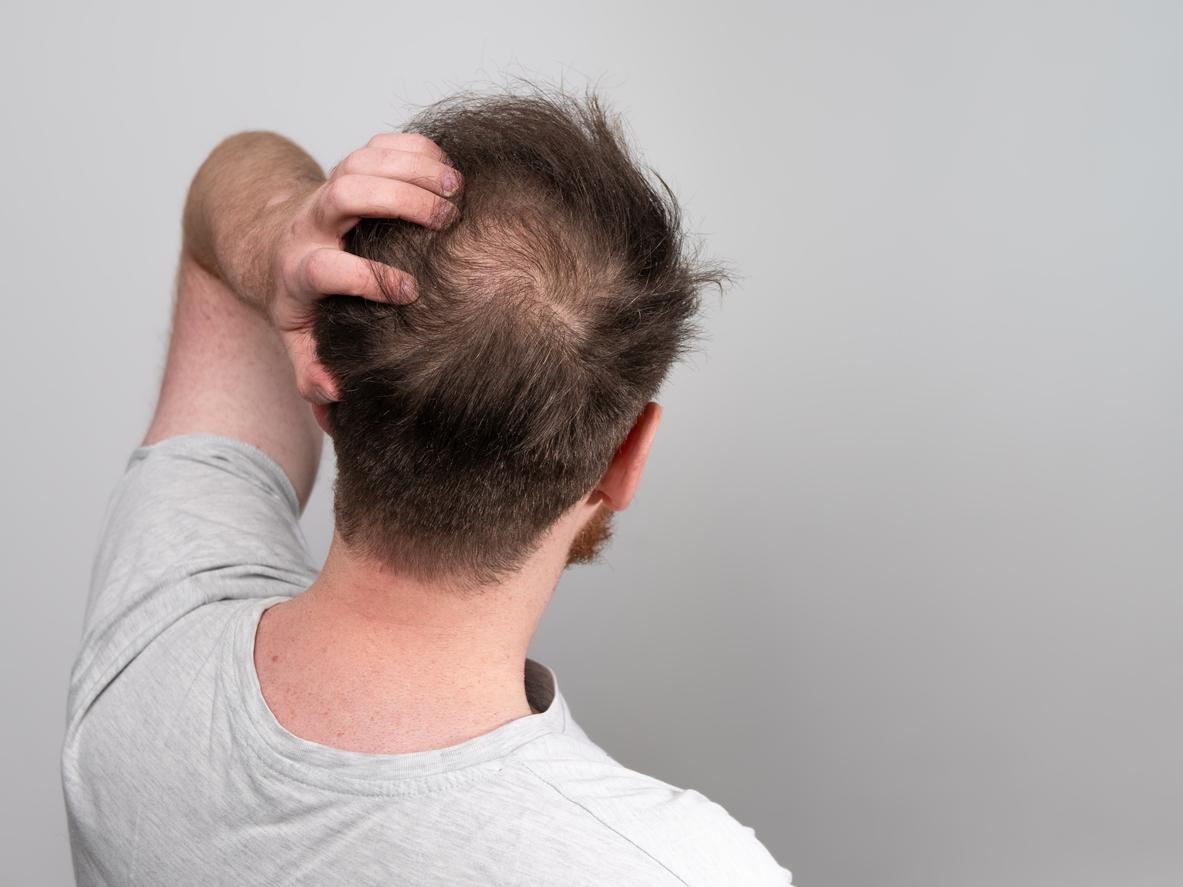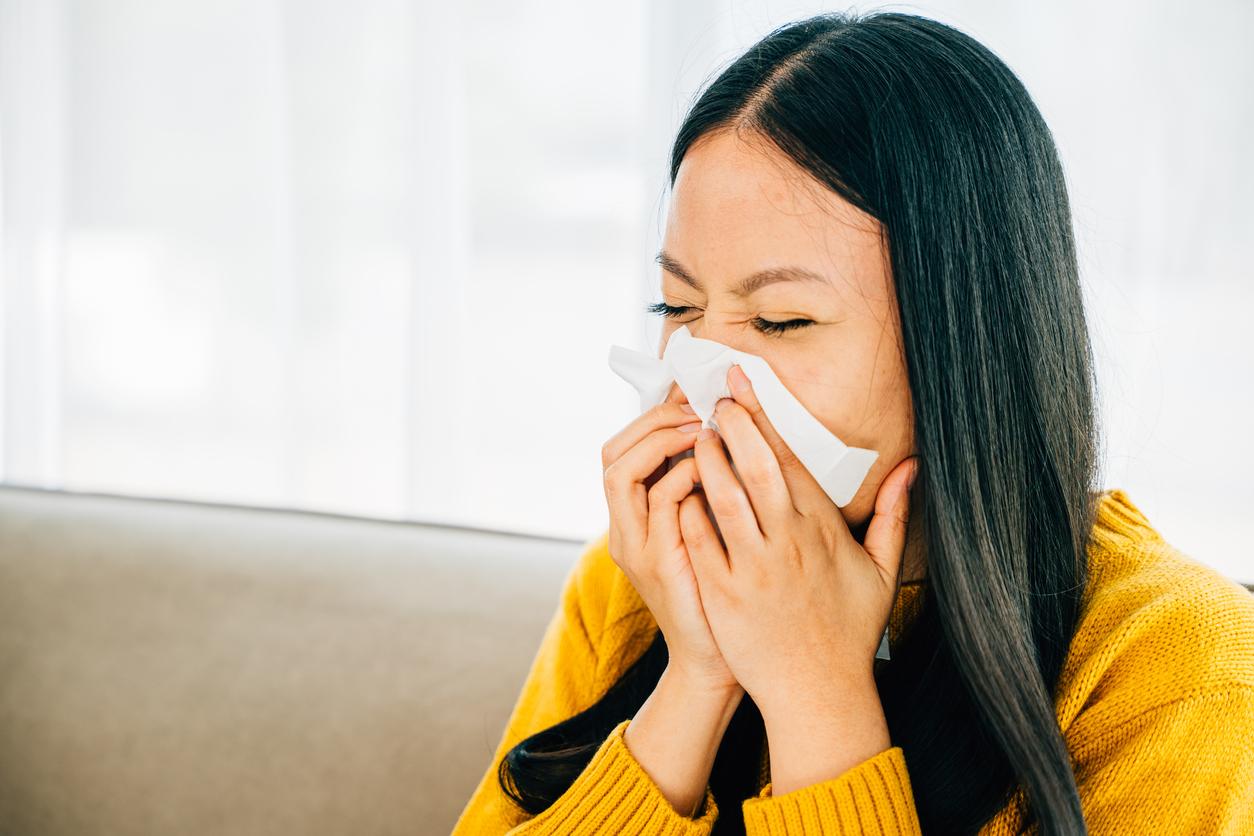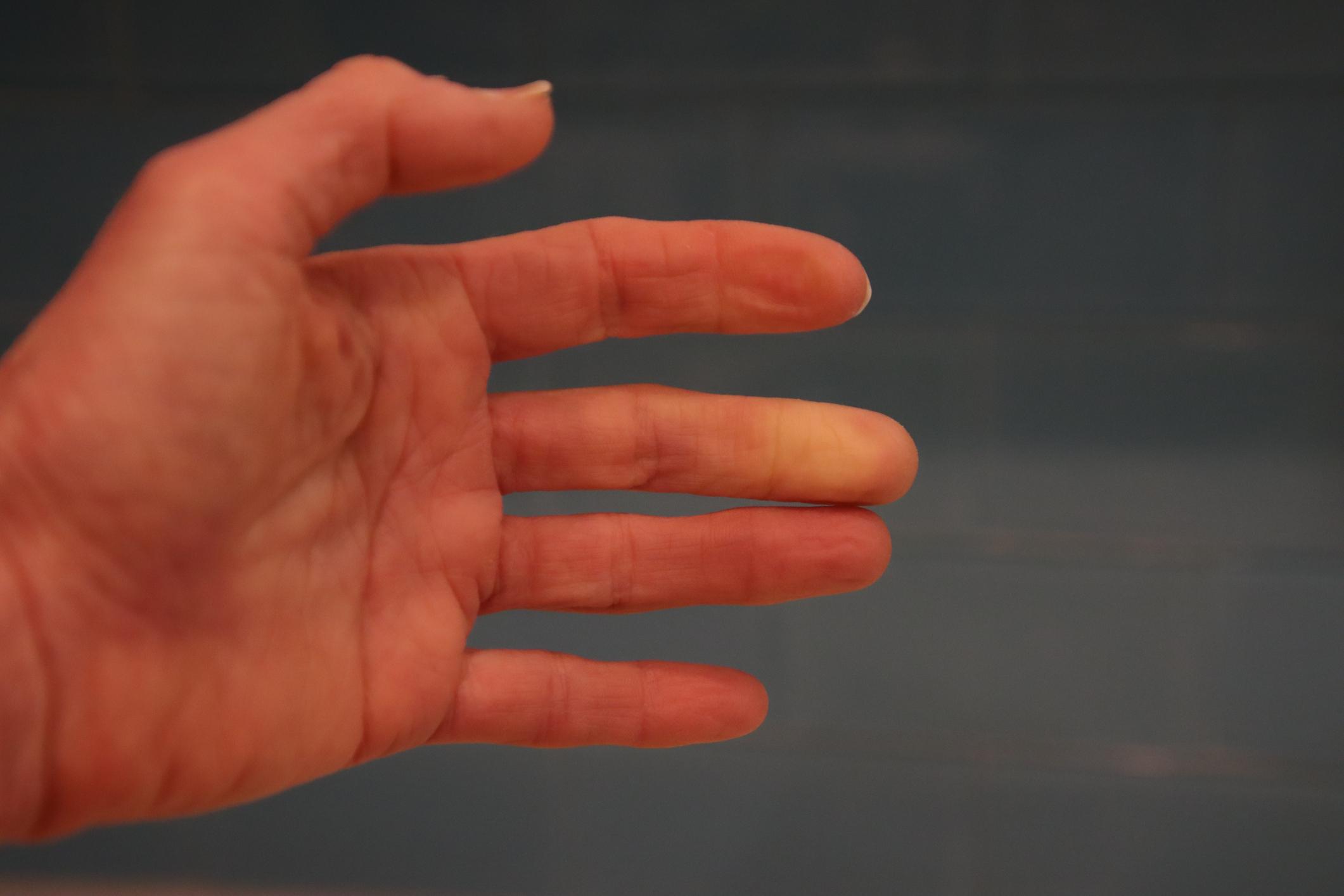There trichotillomania or trichomania is a disorder that is characterized by recurrent and compulsive pulling out of body hair and/or hair. It concerns only 1-2% of the population and especially women with 90% of them among affected adults.
Why are we pulling our hair out?
In general, this disorder begins during childhood or adolescence, however it can occur at any age of life. Although it looks like obsessive compulsive disorder (OCD), it is actually a behavioral addiction. It can appear following a trauma or occur without any particular reason. The person acts consciously or automatically and most often pulls out hair from his scalp, eyebrows, eyelashes or any body hair. This behavior can be performed in response to stress or anxiety. Pulling your hair out will then relieve the person and give them a feeling of satisfaction.
What are the signs and consequences of trichotillomania?
Trichotillomania is most often chronic. People who suffer from it will try to stop their behavior or reduce the frequency of it, but they can’t help it. This is why the symptoms of trichomania are variable. The amount of hair pulled out and where it comes from will vary from person to person. Some will have areas of complete baldness or an absence of eyelashes and/or eyebrows while others will have a few balding areas.
The person can even establish a whole ritual to pull out their hair:
- She will look for a specific type of hair to pull out.
- She will make sure to tear them off in a particular way.
- She will roll the hair between her fingers, run it through her teeth, or bite it off after pulling it out. Many people swallow their hair. However, this can lead to the formation of a mass of hair in the stomach called trichobezoars. It may cause digestive symptoms such as nausea, vomiting, pain, etc.
Trichotillomaniacs tend to be ashamed of their behavior or appearance. They will then seek to camouflage their hair loss under wigs, hats or even scarves. Likewise, they will not pull their hair out in public except when it comes to members of their family. Some will even try to tear out other people’s hair or even animal hair or the threads of textile materials.
How do we diagnose it?
All these behaviors will make it possible to establish the diagnosis of trichotillomania, in particular:
- hair/hair loss
- The many attempts to limit or stop these practices
- An anxious, even depressive state and difficulty in undertaking activities due to fear and shame of the behavior or the cosmetic consequences
How to get rid of trichotillomania?
The best treatment to date is to undergo cognitive behavioral therapy (CBT) with a psychiatrist. Therapy based on the habit reversal technique, the person will learn to raise awareness of their actions, identify the triggers and substitute their behaviors with others.
Medications are sometimes considered to treat the disorder. It’s about antidepressants whose effects are not very significant on the cessation of compulsions, but rather on the depression or anxiety that may be associated with trichomania.
Hypnosis can be an alternative treatment since it allows access to the unconscious and thus unravels the mechanisms at the origin of the compulsions.
And does the hair grow back?
One of the great fears of trichotillomaniacs who succeed in reducing or stopping their behavior is hair regrowth. Unfortunately, if the torn hair is still in the same area, it is weakened and its keratin chains are destroyed. The hair follicles that need to produce new hair constantly shrink and produce thinner and thinner hair. Eventually, the hair renewal cycles run out and no more hair can be produced. This is why some trichotillomaniacs end up with areas of alopecia, especially if they have been tearing their hair out since childhood.
If your hair damage is not yet at this stage, several solutions can help you regrow your hair:
- Minoxidil : a drug treatment to buy in pharmacies and apply topically to accelerate growth. Being a chemical treatment, it is however to be used for life.
- Natural solutions : several oils such as argan oil, castor oil, mustard oil… are well known to promote hair growth and prevent hair loss.
- food supplements : prefer those specifically designed for hair, skin and nails.
- Hair extensions or medical wigs : whether it’s substitute hair to fill in a thinning area or a full wig to avoid pulling your hair out, both will give you a natural look while your hair grows back. It can also be a long-term solution if they no longer grow back or do not grow back properly.
Sources:
Read also :
- Bipolar disorder: 5 questions we ask ourselves (and the doctor’s answers)
- Lypémanie: what is the disease that affects Marc Lavoine?
- Swallow in the cinema: what is Pica disease?








